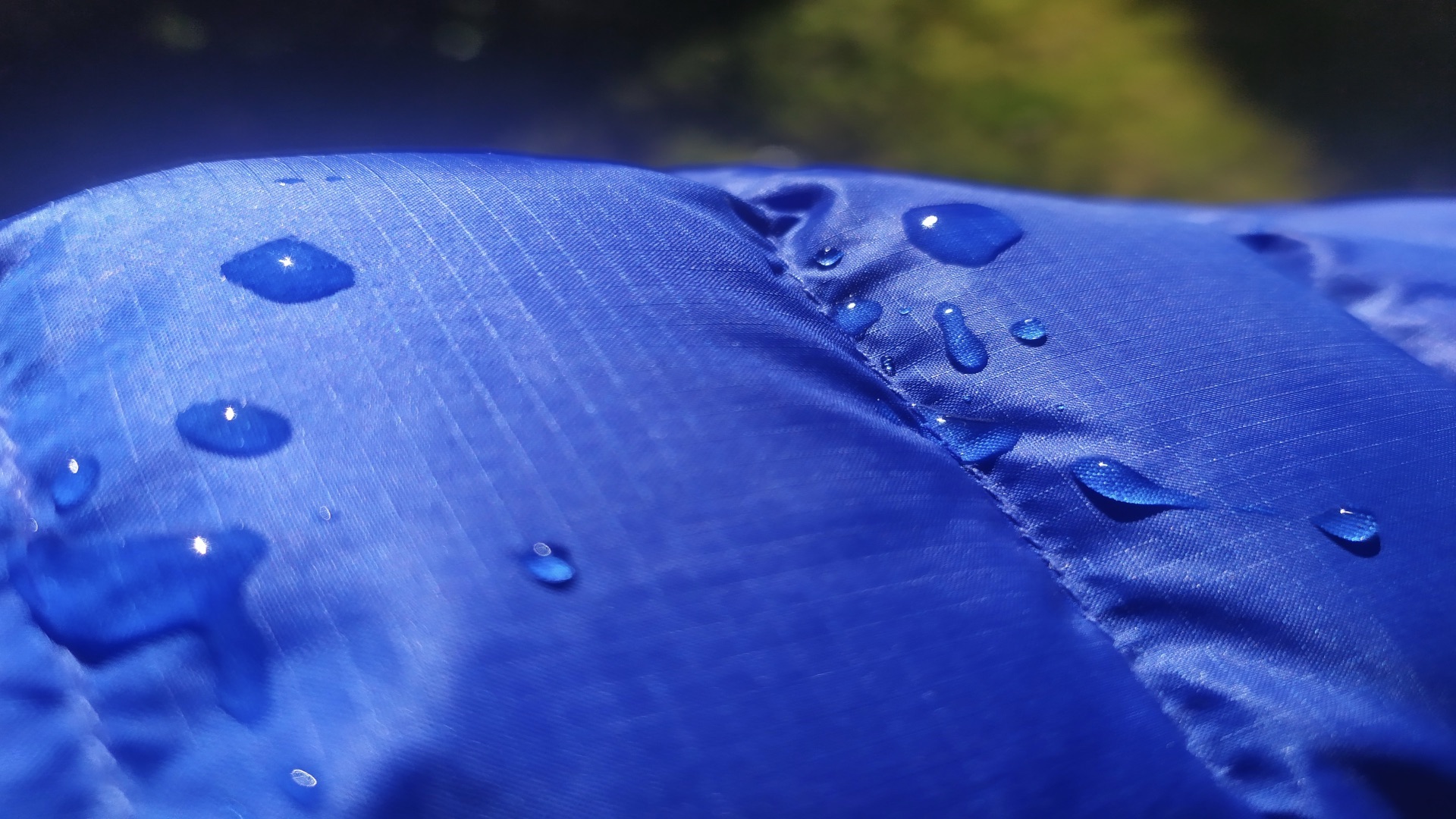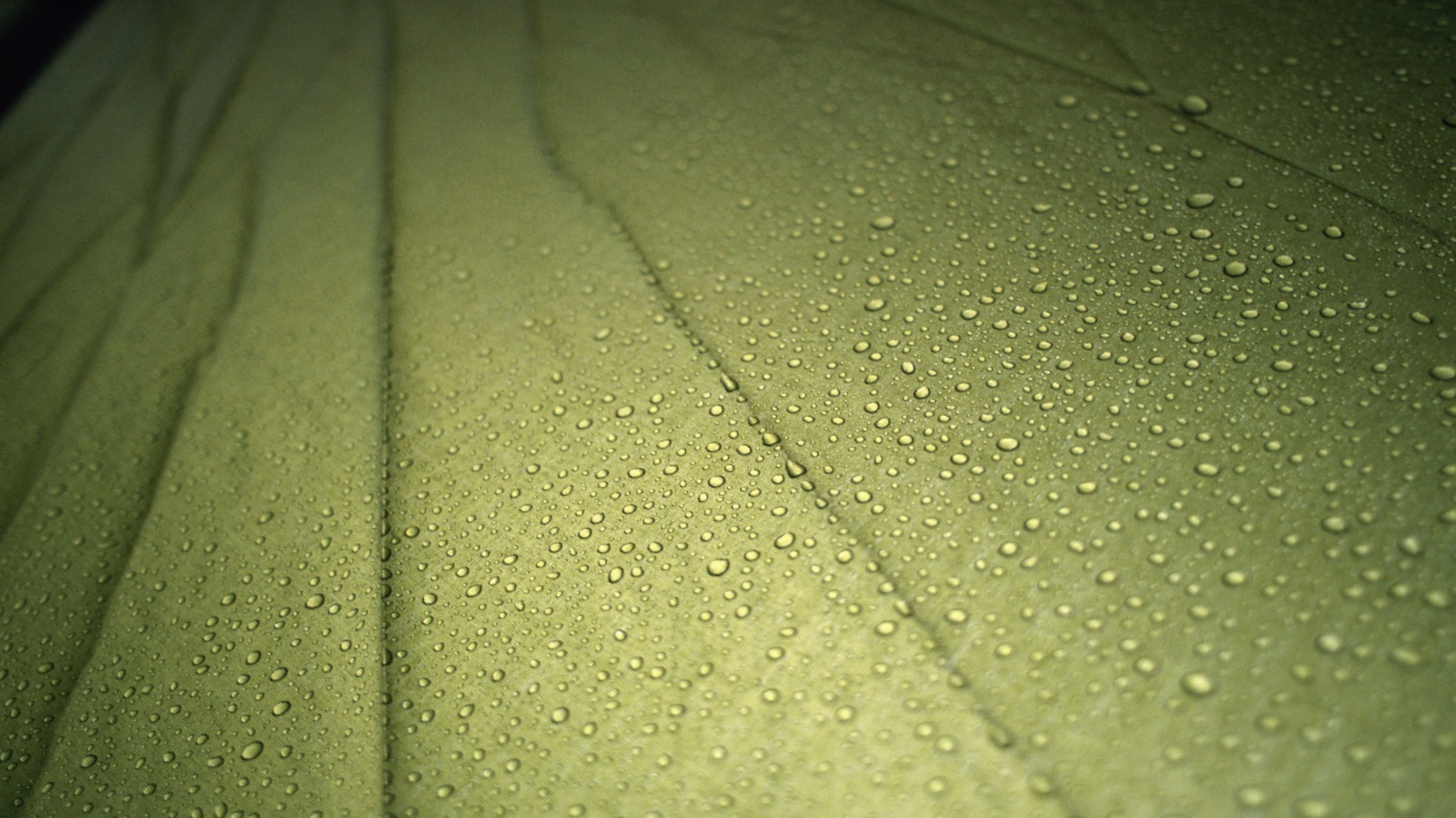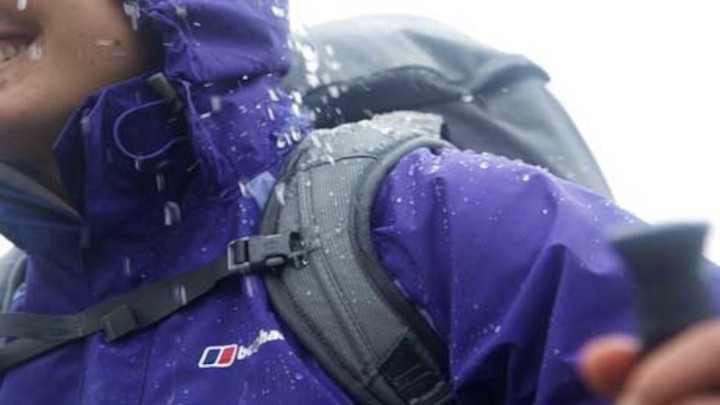How to apply Durable Water Repellent treatments
Everything you need to know about DWR for outdoors garments and equipment

Durable Water Repellent, or DWR for short, is used by outdoors manufacturers to aid the water repellency of fabrics. Garment fabrics, such as Gore-Tex, are already designed to be waterproof, so the DWR is an extra protection from wet and damp.
DWR is a thin layer of liquid that is applied to the outside of fabrics, such as those used for waterproof jackets, rain pants, tents and hiking boots, to repel water, dirt and grease. Many other products are also treated with DWR these days, including down jackets, fleece jackets, sleeping bags, hiking backpacks and trail running shoes.
You can easily see if an item has been treated with DWR because water will bead and roll off the fabric. The fabric doesn’t become “wetted out” so easily when coated with DWR.
However, a DWR treatment is not permanent solution and, if you want to maintain its usefulness, you need to re-apply.

How long does DWR last?
How long the manufacturer's DWR treatment lasts depends on your use of the garment or product. The more you use it and fold it up, or stuff it into a rucksack, the greater the wear will be on the DWR.
To test the DWR, simply sprinkle on some water. If the water beads, the DWR is fine but if the water soaks into the fabric it will be in need of a re-application.

Why re-apply DWR?
You will be more comfortable if you are warm and dry when hiking, trail running or camping. So, the better the water-repellency, the happier you will be.
Advnture Newsletter
All the latest inspiration, tips and guides to help you plan your next Advnture!
It is also better for the environment if you maintain clothing and products. The longer they last, the fewer new products you need to buy, which means the lower the impact on the climate due to CO2 emissions.
How to re-activate DWR
Try this system first to re-activate the DWR if your garment is fairly new. Wash the item in a washing machine or by hand according to the wash instructions on the label. Use plain water or a tech wash. Also ensure there is no detergent residue in your washing machine. (It is a good idea to do a short wash cycle with nothing the machine to clean it).
Line dry the garment. Once it is fully dry, tumble dry the garment for 20 minutes at a warm but gentle temperature.
If you do not have a tumble dryer, try gently ironing the dry garment. Place a towel or cloth between the garment and the iron. Do not use the steam setting.
This should help to reactivate the DWR treatment on your garment’s outer fabric.
How to apply DWR
There are plenty of DWR products on the market and they will come with useful instructions. The simple process makes use of a washing machine, although you could also hand wash (use rubber gloves).
As above, if you are using a washing machine, try to ensure the machine is free of your normal detergents.
Next, wash and clean the item of clothing as detailed in the washing instructions on the label and according to a product, such as Tech Wash. If you are using a washing machine, simply add some the tech liquid to the machine dispenser, put in the garment/s and turn on the machine set to normal wash.
The aim of the wash is to lift out the dirt that naturally accumulates on the fabric.
Drip dry the garment outdoors, or put on a very low heat in a tumbler drier.
When the garment or item is dry, you can apply the DWR. There are several ways to apply DWR and the most popular is to add a wash-in repellency liquid to the washing machine. A water-based tech wash that doesn’t include fluorocarbons is kinder for the climate.
Again, set the machine to a normal wash and according to the temperature on the washing instructions. Drip dry or tumble dry on a warm setting.
For items such as tents or footwear, it is easier to use a spray-on DWR treatment. Make sure the items are as clean as possibly before applying the DWR. Leave them to hang dry.

Fiona Russell is a widely published adventure journalist and blogger, better known as Fiona Outdoors. She is based in Scotland and is an all-round outdoors enthusiast with favorite activities including trail running, mountain walking, mountain biking, road cycling, triathlon and skiing (both downhill and backcountry). Aside from her own adventures, Fiona's biggest aim is to inspire others to enjoy getting outside and exploring, especially through her writing. She is also rarely seen without a running skort! Find out more at Fiona Outdoors.
